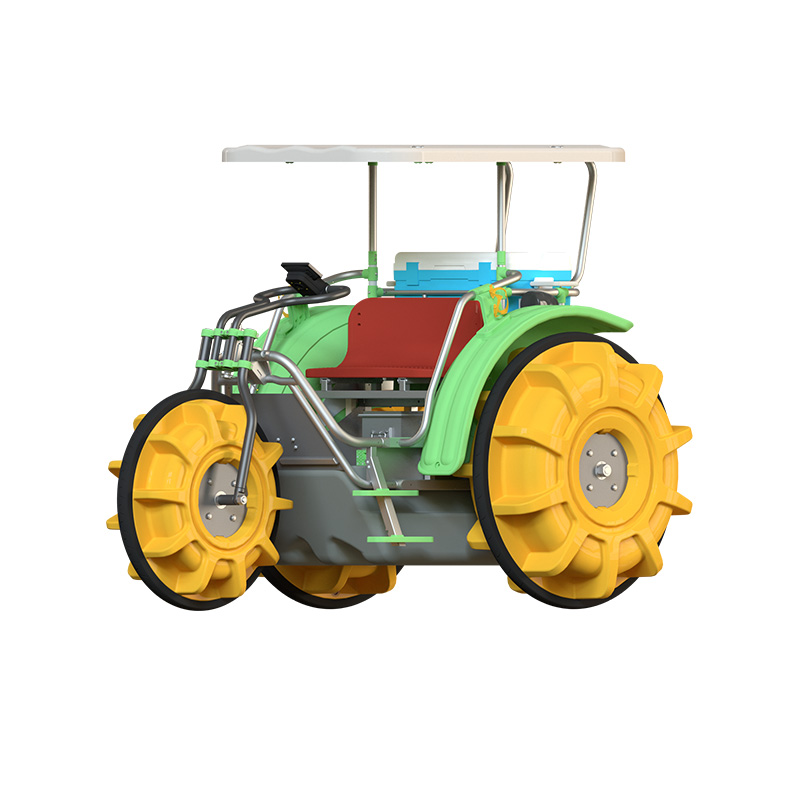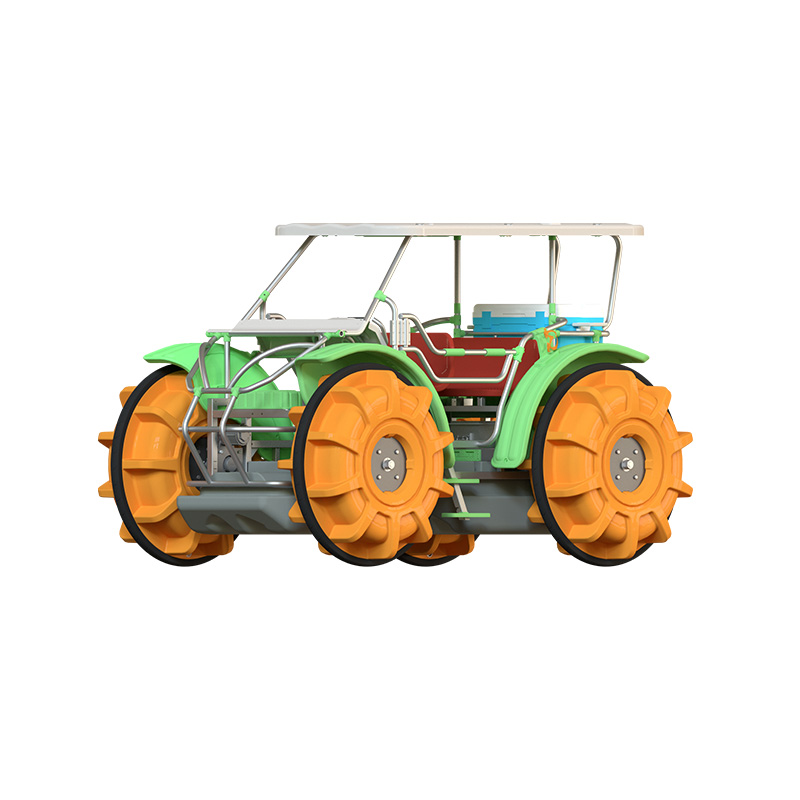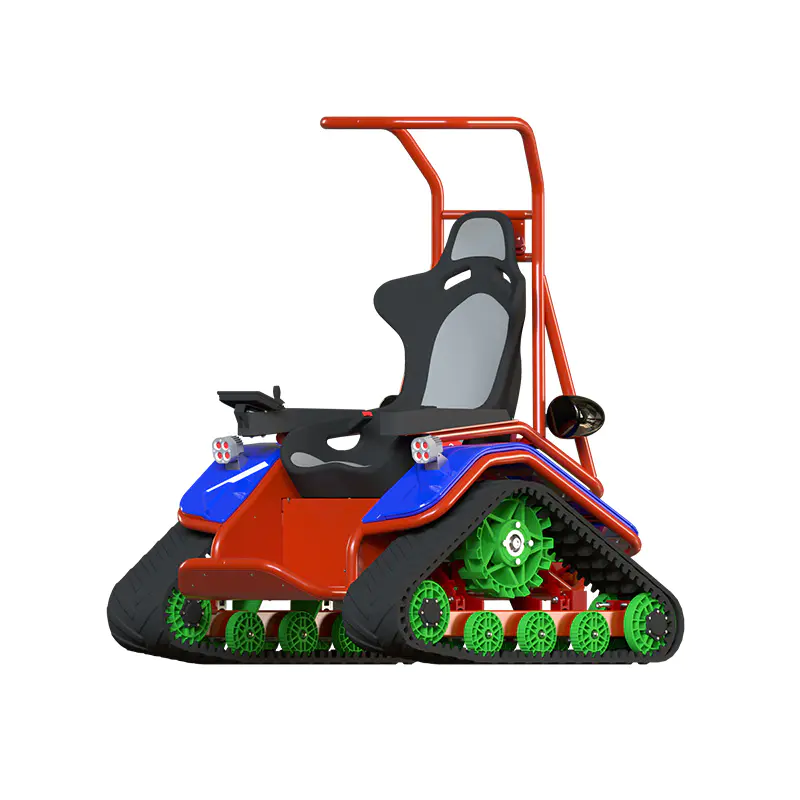How Does an Electric Track Vehicle Handle Rough Terrain?
2025-11-21

Electric track vehicles have become increasingly popular in industries and outdoor applications where mobility across uneven or challenging surfaces is required. Unlike wheeled vehicles, track systems distribute weight more evenly and provide superior traction, allowing these vehicles to operate efficiently on rough terrain.
1. Track System Design
The defining feature of an Electric Track Vehicle is its continuous track system. Tracks are made from durable materials such as reinforced rubber or steel links, which can flex and conform to uneven surfaces. This flexibility ensures that the vehicle maintains contact with the ground, even over rocks, mud, or loose soil.
Tracks also distribute the vehicle's weight across a larger surface area compared to wheels. This reduces ground pressure, preventing the vehicle from sinking into soft terrain. The wide footprint and grip of the tracks are key factors that allow the vehicle to traverse conditions that would challenge traditional wheeled machines.
2. Suspension and Shock Absorption
Rough terrain often includes bumps, slopes, and obstacles that can affect stability and comfort. Many Electric Track Vehicles incorporate advanced suspension systems to absorb shocks and vibrations. Independent suspension units allow each section of the track to move according to the terrain, maintaining stability and minimizing jolts.
Shock absorption not only protects the vehicle's components but also provides a smoother ride for operators. This is particularly important for vehicles used in construction, agriculture, or exploration, where long hours on uneven ground are common.
3. Electric Power Advantages
Electric motors offer several benefits for navigating rough terrain. In an Electric Track Vehicle, the motor delivers instant torque to the tracks, enabling precise control over speed and movement. This responsiveness helps the vehicle climb steep inclines or maneuver through tricky sections without losing traction.
Additionally, electric drive systems allow for individual track control, improving maneuverability. Many vehicles can perform zero-radius turns, pivoting in place to avoid obstacles. This level of control is difficult to achieve with traditional internal combustion engines or wheeled vehicles.
4. Durability and Material Considerations
Handling rough terrain requires robust construction. Tracks, chassis, and drive components in an Electric Track Vehicle are typically made from reinforced metals and wear-resistant composites. Rubber tracks often contain embedded steel or synthetic fibers to prevent tearing and improve longevity.
The use of durable materials ensures the vehicle can withstand abrasion, impact, and continuous stress from rough surfaces. Regular maintenance, such as track tension adjustments and motor checks, further extends the vehicle's operational life while maintaining consistent performance.
5. Applications and Practical Benefits
Electric track vehicles are used in a wide range of applications, including forestry, mining, and disaster response. Their ability to handle rough terrain safely and efficiently makes them ideal for transporting equipment, performing inspections, or carrying loads in areas where traditional vehicles cannot reach.
The combination of tracks, suspension, and electric power allows operators to navigate slopes, mud, and uneven ground with greater confidence and less risk of getting stuck. This versatility is a major reason why electric track systems are increasingly preferred in off-road operations.
An Electric Track Vehicle handles rough terrain through a combination of track design, suspension systems, electric motor control, and durable materials. Its ability to maintain traction, distribute weight, and absorb shocks enables it to traverse challenging surfaces safely and efficiently. Whether for industrial, agricultural, or exploration purposes, these vehicles offer a reliable solution for environments where traditional wheeled machines would struggle.

 English
English  русский
русский  عربى
عربى 








